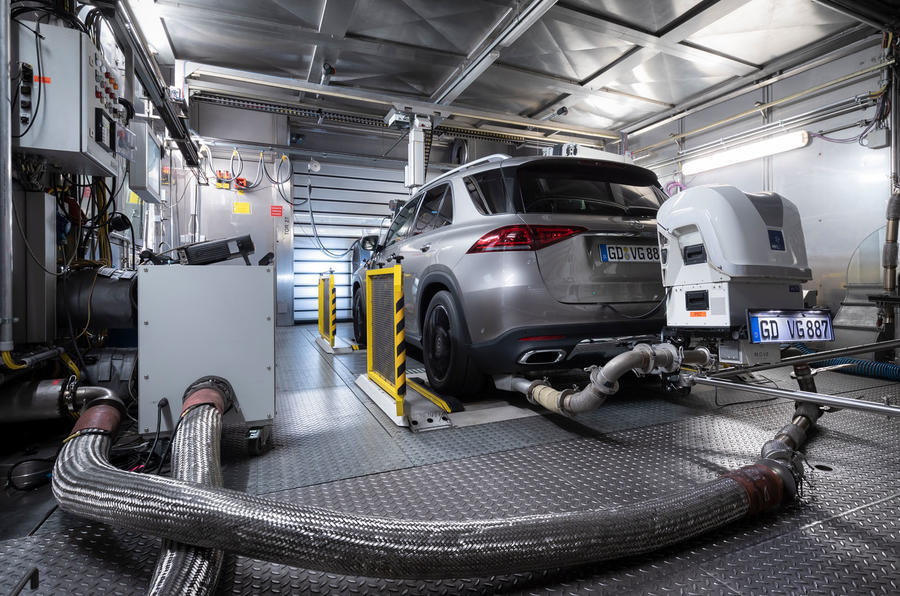The cost of adding new anti-emissions measures could make small cars such as the Polo unprofitable
VW may discontinue the supermini as emissions proposals make it “literally impossible” to profit from small ICE cars
Volkswagen is hopeful that an “amicable solution” to the problem of the contentious new Euro 7 emissions proposals is emerging after discussions involving the European Commission, VW brand boss Thomas Schäfer has said.
If not, VW is likely to discontinue the Polo due to the cost burden, he warned.
The car industry slammed the proposals announced in November last year, describing them as “unworkable” and “useless”.
Manufacturers have hotly contested the Commission’s claim that the proposals will add €90-€150 (£79-£131) to the price of a car, warning that they may need to cancel smaller models altogether.
VW has said its Polo model is under threat. “Smaller combustion-engine vehicles will become prohibitively expensive,” Schäfer told Autocar at a recent event to unveil the ID 2all concept, which previews an electric small car VW wants to sell alongside the Polo from 2025. “It literally makes it impossible to continue with a small [ICE] vehicle as it currently stands.”
Schäfer said he raised the additional cost with the Commission in a recent meeting, arguing that it might be true for bigger cars but not for smaller models. “The new measures are not a big problem for something like a Audi A6, which already has hybrid technology and an auto gearbox,” he said. The extra cost comes from adding that technology to a budget car. “It makes a dying technology prohibitively expensive.”
![]()
The timescale to apply Euro 7 from 1 July 2025 for new cars and light vans is also far too short, given that some of the proposals have still to be tested and verified. Schäfer cited the requirement to send on-board diagnostics back to the Commission to confirm vehicles are continuing to achieve their emissions targets over the course of their life. The same is also true for measuring particulates from brakes and tyres.
However, discussions are moving in the direction of the car maker, Schäfer believes. “There’s probably a lot of misunderstandings,” he said. “From the engagements we’ve had recently, I had the feeling there is an amicable solution going forward. I hope so.”
Whether or not the Commission recasts the proposals more favourably to the car makers “plays a role in the future of Polo”, Schäfer said.
VW says the issue is not with emissions levels themselves, which are almost unchanged from those of Euro 6 from September 2014. “We’ve got no problem with the emissions part. We actually asked to take the limits for CO [carbon monoxide] and NOx [oxides of nitrogen] right up!” Schäfer said. “But they said no, we give you tougher frame conditions.”
The ‘frame conditions’ include a broader operational window in which the emissions restrictions apply. For example, the ambient temperature changes from 0-30deg C to 0-35deg C, while the “extended” conditions drops from -7deg C to -10deg C and rises to 45deg C.

Rather than focus on the emissions themselves, the European Union in the past few years has been tightening up the loopholes within Euro 6, starting with the Real Driving Emissions (RDE) element to ensure the cars are actually cleaner in the real world, not just the laboratory. RDE was introduced in 2017 in the aftermath of Dieselgate – which VW was at the centre of.
VW and other car makers argue that the push to electrification with a ban on internal combustion engines on the schedule for 2035 makes Euro 7 irrelevant, given the pace of the switchover. “The solution is electrification. We all know this,” Schäfer said. “Combustion engine volumes drop right off in 2026/27 after Euro 7 comes in.”
Source: Autocar